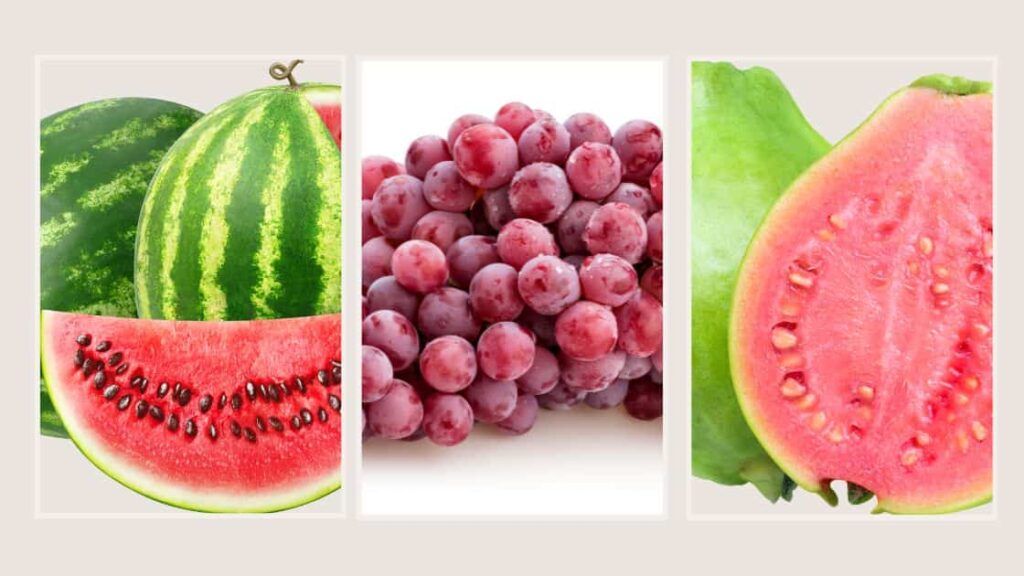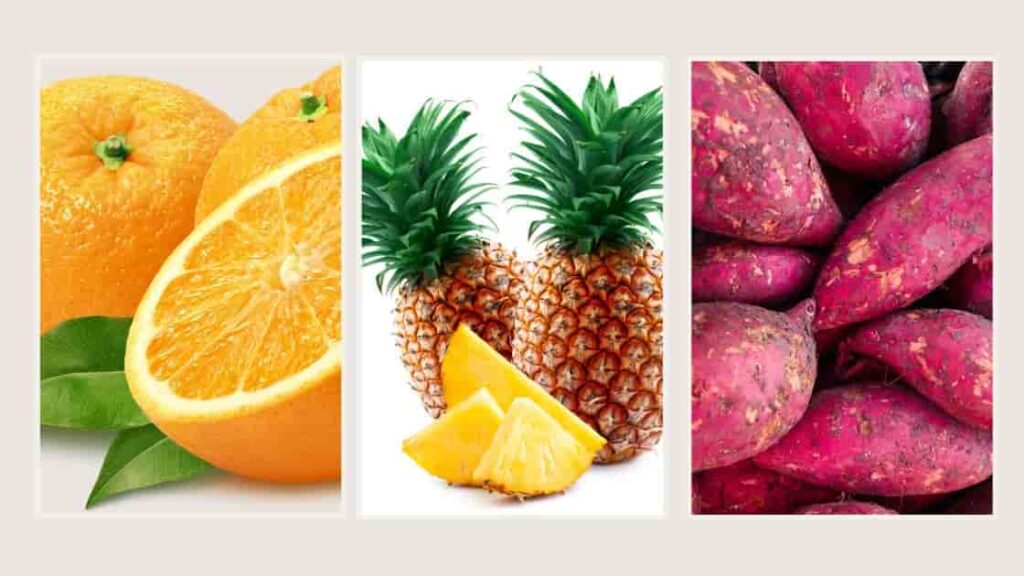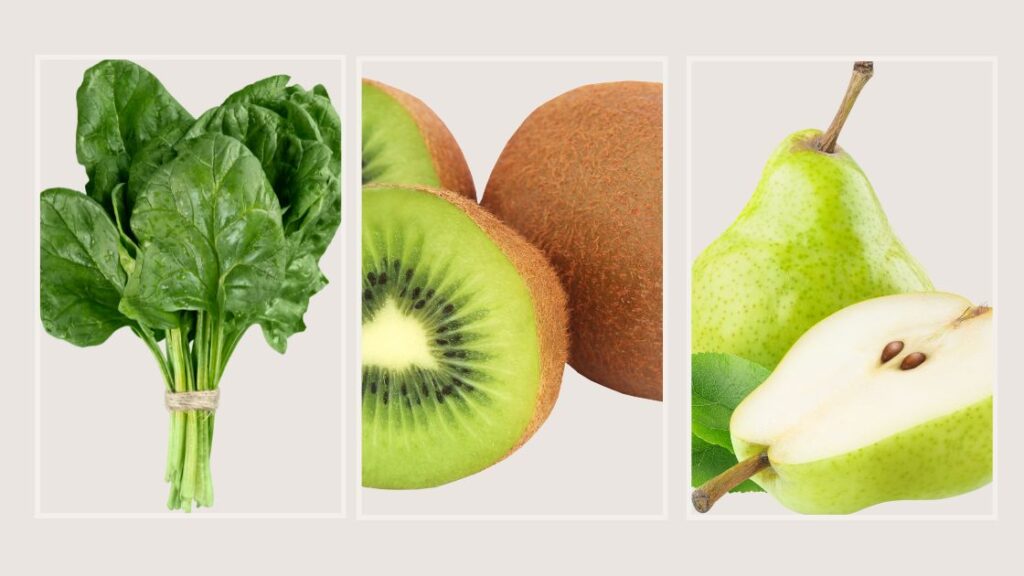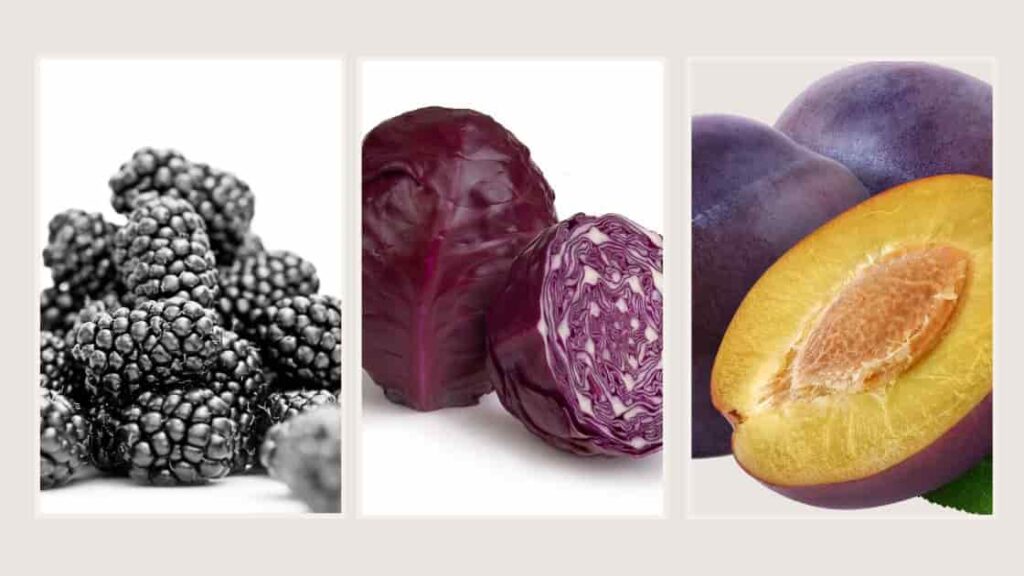Last Updated on June 22, 2024 by Sultana Parvin
In today’s fast-paced world, maintaining a balanced and nutritious diet can be a challenge. Yet, one of the simplest and most effective ways to boost your health is to eat a variety of colourful foods. By incorporating a rainbow of fruits and vegetables into your daily meals, you can ensure you’re getting a wide range of essential nutrients that your body needs to thrive. Ready to learn more about how colourful foods can transform your health? Let’s dive in and explore the benefits of a vibrant diet, and how you can easily add more colours to your plate.
Table of Contents
The Power of Colourful Foods
Eating a rainbow of colourful foods isn’t just visually appealing—it’s incredibly beneficial for your health. Each colour in fruits and vegetables represents different phytonutrients, vitamins, and minerals that offer unique health benefits. Here’s a breakdown of what each colour can do for you:
Red and Dark Red
Key Foods: Beets, tomatoes, watermelon, pink guava, grapefruit
Health Benefits:
- Anti-inflammatory: Red foods can help reduce inflammation in the body.
- Heart Health: Lycopene in tomatoes and other red fruits is linked to a reduced risk of heart disease and certain cancers.
- Improved Blood Flow: Beets are rich in nitrates, which can enhance blood flow and lower blood pressure.
- Skin Protection: These foods can also help protect your skin from sun damage.

Orange and Yellow
Key Foods: Carrots, sweet potatoes, mangoes, yellow peppers, pineapple, bananas, pumpkin, winter squash, oranges, corn
Health Benefits:
- Eye Health: Beta-carotene in carrots and other orange foods supports good vision.
- Immune Boost: High levels of vitamins A and C found in these foods strengthen the immune system.
- Digestive Health: Pineapple contains bromelain, an enzyme that aids digestion and reduces inflammation.
- Skin Health: Vitamin C in oranges and other yellow foods promotes healthy skin.

Green
Key Foods: Spinach, kale, broccoli, green cabbage, green apples, kiwi, pears, olives, Brussels sprouts
Health Benefits:
- Bone Health: Green vegetables are rich in calcium and vitamin K, which are essential for strong bones.
- Detoxification: Chlorophyll in green plants helps detoxify the body.
- Cancer Prevention: Compounds like sulforaphane in broccoli may help reduce cancer risk.
- Heart Health: These foods are also great for maintaining a healthy heart.

Blue and Purple
Key Foods: Blackberries, grapes, red/purple cabbage, eggplant, plums, blueberries, elderberries
Health Benefits:
- Brain Health: Antioxidants in blue and purple foods support brain function and may lower the risk of neurological disorders.
- Heart Health: Resveratrol in grapes and other purple foods supports heart health.
- Cancer Prevention: These foods can also help reduce the risk of certain cancers.
- Diabetes Prevention: They may help lower the risk of type 2 diabetes.

White and Brown
Key Foods: Cauliflower, garlic, leeks, rice, white beans, cashews, sesame seeds, onions, mushrooms, white potatoes
Health Benefits:
- Digestive Health: High in fibre, white and brown foods support a healthy digestive system.
- Bone Health: Foods like mushrooms and cauliflower are rich in vitamins that support bone health.
- Heart Health: Garlic and onions contain compounds that reduce inflammation and support heart health.
- Cancer Prevention: These foods may help lower the risk of certain cancers, such as colon cancer.
How to Plan a Colourful Meal
Incorporating colourful foods into your meals doesn’t have to be complicated. Here are some simple and delicious ideas to help you get started:
- Besan chilla with spinach, mushrooms, and orange bell peppers
- Smoothie with banana, mangoes, and spinach
- Yogurt bowl with berries, kiwi, honey, and strawberries
- Sandwich with vegetables like tomato, leafy greens, chili, and avocado
Lunch or Dinner Ideas
- Mixed salad with green cabbage, lettuce, apple, cucumbers, shredded carrots, red pepper, and cherry tomatoes paired with a protein source (e.g., chickpeas, kidney beans)
- Roasted sweet potatoes, Brussels sprouts, and garlic
- Homemade soup with tomatoes, chopped carrots, onion, garlic, white potatoes or parsnip, and kale
Snack Ideas
- Apple, banana, and grape salad
- Peanut butter sandwich
- Green smoothie or juice
- Blueberries and yogurt
- Broccoli, carrots, and dip
- Mango slices
- Celery and melted cheese
Making the Switch to a Colourful Diet
Transitioning to a colourful diet is easier than you might think. Start by gradually adding more colourful fruits and vegetables to your meals. Here are some tips to help you make the switch:
- Plan Ahead: When grocery shopping, make a list of colourful fruits and vegetables to buy. Planning your meals in advance can help ensure you have a variety of colours on your plate.
- Experiment with Recipes: Try new recipes that incorporate different colourful foods. There are plenty of resources online with delicious and healthy recipes to explore.
- Make It Fun: Get creative with your meals. Challenge yourself to include at least three different colours in every meal. You can even involve your family in planning and preparing colourful meals together.
- Start Small: If you’re not used to eating a lot of fruits and vegetables, start small. Add a side salad to your dinner or a piece of fruit to your breakfast. Gradually increase the amount of colourful foods in your diet over time.
The Benefits of a Colourful Diet
By adopting a colourful diet, you’re not only making your meals more visually appealing but also ensuring you’re getting a wide range of nutrients that are essential for good health. Here are some benefits you can expect:
- Improved Immune Function: A variety of vitamins and minerals from colourful foods can strengthen your immune system and help you fight off illnesses.
- Better Digestive Health: Fibre-rich fruits and vegetables support a healthy digestive system and prevent issues like constipation.
- Enhanced Skin Health: Vitamins and antioxidants in colourful foods promote healthy, glowing skin.
- Reduced Risk of Chronic Diseases: Phytonutrients in colourful foods can lower your risk of chronic diseases such as heart disease, diabetes, and cancer.
- Increased Energy Levels: Nutrient-dense colourful foods provide the energy you need to stay active and alert throughout the day.
Conclusion
Eating a colourful diet is a simple and effective way to improve your health and well-being. By incorporating a variety of colourful fruits and vegetables into your meals, you can ensure you’re getting all the essential nutrients your body needs to thrive. Ready to start your colourful journey? Visit Yuvaap’s Colourful Foods Guide to learn more about the benefits of a colourful diet and get inspired with delicious recipes and tips. Transform your health one colour at a time!
